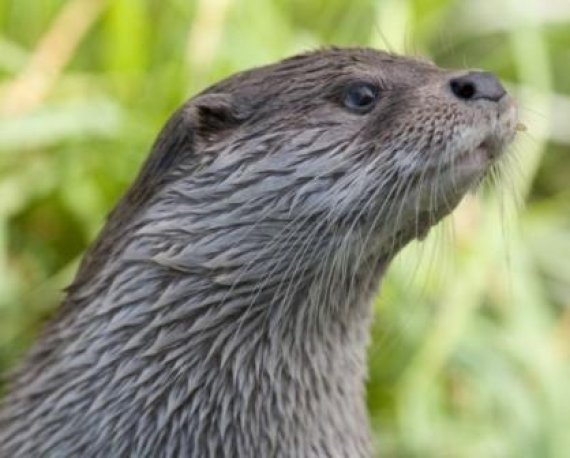The otter is doing well in the Netherlands, Jansman can confirm. Otters have already been sighted in Friesland, the Flevo polder, the Ijssel delta and further south near Doesburg. ‘The chances are that this specimen came from the Weerribben, where otters were released in 2002.’
Does this mean the otter has returned to the Green Heart?
‘I suspect there are only one or two as yet. This peaty area has always been a fantastic habitat for the otter because of all the waterways there, but there are an awful lot of obstacles. The biggest ones are the traffic – the main cause of death – and fish traps, in which they drown. The fish traps need to be made safe for otters, if the animals are to establish themselves on a sustainable basis in the Green Heart. We need tunnels, but that is tricky in an area where the roads hardly ever get above sea level. Because just one otter in an area doesn’t get you very far. You need a population of 40 or 50 animals, so they can breed.’
In spite of the obstacles the otter is thriving, isn’t it?
The otters keep on surprising us in a positive sense: they are doing very well in the Netherlands. They are a successful ambassador for the improved water quality in the rural areas. The only down side is that there is a lot of inbreeding. I think we should bring in otters from places like Germany, to introduce some fresh blood. Not straight to the Green Heart, but in Overijssel or Gelderland, and from there they will find their own way to the peaty areas.’
Will that work in built-up Holland?
‘A corridor is already planned and there is money for it. So that should happen fast now. The main problems to be solved are the notorious hurdles such as crossing the Amsterdam-Rhine canal and the motorways. And management measures are needed in two wetland areas, the Reewijkse and the Nieuwkoopse Plassen.’

